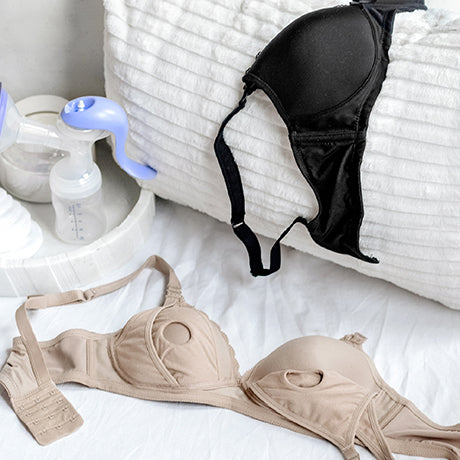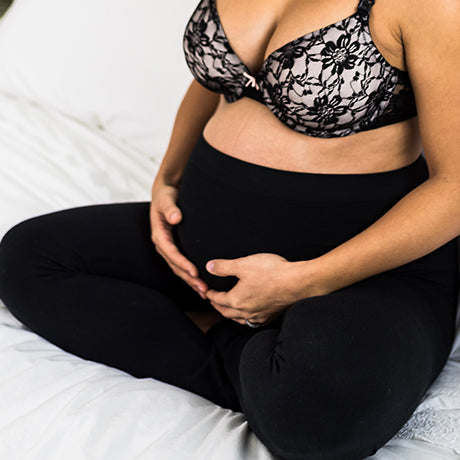10 Things to Know about Breast Cancer Awareness
As most of us know, October is Breast Cancer Awareness month. Chances are, many of us have been touched in some way by breast cancer whether through a personal experience, family member, friend, co-worker or acquaintance. Breast health is an important part of our lives as women. Today we’re sharing 10 things to know about Breast Cancer Awareness so you can be knowledgeable for your own health and as an advocate for those around you.
- Approximately 1 in 8 women born today will get breast cancer in their lifetime. Breast cancer and lung cancer are the most common forms of cancer in women in the US (besides skin cancer).
- There are around 290,000 reported cases of breast cancer each year in the S. and about 40,000 people die of breast cancer yearly. The rate of breast cancer incidence began decreasing in 2000 and breast cancer death rates have been decreasing since 1989. That is good progress, but still, too many lives are consumed by the disease.
- Nearly 3 million breast cancer survivors live in the S. When detected early, surviving breast cancer is possible and likely.
- The best path to surviving breast cancer is early detection through self breast exams, clinical exams and mammograms. In fact, when breast cancer is discovered early and is localized, the survival rate after treatment is 100%.
- Breast cancer can go undetected for years. However, some symptoms include: changes in the feel of breasts and nipples such as lumps, tenderness or enlarged pores; changes in the look of breasts and nipples such as enlargement, shrinkage, sudden disproportion, swelling, dimpling or redness; or a clear or blood discharge from the nipple. Breast cancer can be a silent killer because some patients have no symptoms ever. And these signs do not necessarily mean someone has cancer.
- Self breast exams should be performed monthly. You can set a calendar reminder or use an app to remind you to do your exam. Perform the exam while lying down, in the shower or in front of a mirror. Know your breasts and contact a physician if anything looks or feels out of the ordinary. It is estimated that 40% of early detection of breast cancer is through self exams.
- Clinical exams should be done during your yearly checkup or whenever you notice an abnormality during a self breast exam. This is when a professional – usually your primary care physician or OBGYN – will evaluate your breasts. They will touch your breasts to feel for lumps and look at your breasts for signs of breast cancer. Should your physician find anything suspicious, he or she may recommend further diagnostics.
- Mammograms are x-rays that can detect signs of breast cancer before any physical symptoms appear. Women 40 or older should get a mammogram every one to two years. Younger women should consult their doctors about mammograms if their risk factors are high, such as having had cancer previously or having a family history of breast cancer.
- Risk factors that may affect breast cancer include gender, age, race/ethnicity, genetics, family history, dense breast tissue, breast conditions, radiation exposure, menstrual periods, childbirth, breastfeeding, hormone therapy and birth control, among others.
- Breast cancer may be unavoidable in some people, but healthy lifestyle habits can help reduce your risk. These include eating a well-balanced diet rich in antioxidants; exercising; no excessive drinking; no smoking; and maintaining a healthy weight.
This October, know your breast cancer facts and be part of the Breast Cancer Awareness campaign. A simple reminder or nudge from a friend may make the difference between early detection and a silent killer.
The post 10 Things to Know about Breast Cancer Awareness appeared first on Leading Lady.






